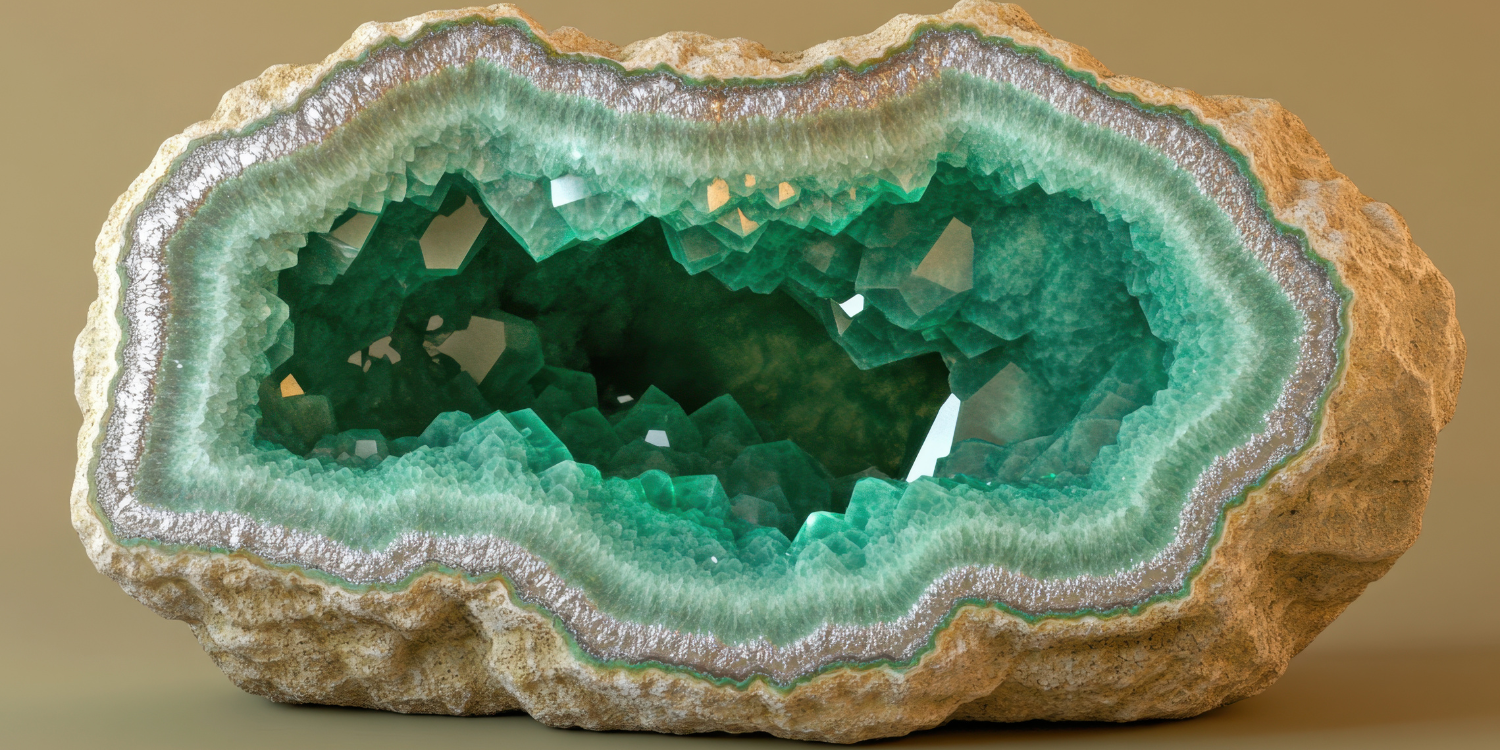The energy transition has become a race for strategic materials: lithium, nickel, cobalt, silicon and rare earths that make electric motors, wind turbines, electronics and storage possible. Since 2024–2025, the EU has made its move with a new law, strategic projects and binding diversification targets that are already reshaping the mining landscape… and opening up opportunities in Galicia.
What has changed: new European law and 2035 review
- Critical Raw Materials Act (CRMA) in force since 23 May 2024. Sets targets for 2030: extract ≥10%, process ≥40% and recycle ≥25% of annual consumption of strategic materials in the EU; in addition, do > from a single third country at any stage.
- Automotive 2035. The EU maintains its target of zero CO₂ emissions from new passenger cars and vans from 2035, with a review scheduled for the end of 2025 to assess implementation (including the case of vans and possible specific categories).
The reality of supply: China continues to dominate
Although Australia and the US are increasing production, China retains its industrial dominance: ~90% of global rare earth processing capacity and ~69% of mining production in 2024, making refining and magnets a bottleneck. In 2025, new export controls and licensing delays have once again put pressure on the European industry.
European response: strategic projects and key deposits
- In March 2025, the European Commission selected 47 CRMA Strategic Projects in 13 EU countries (extraction, processing and recycling) to meet the 2030 targets. In June, it added 13 projects outside the EU to diversify.
- Northern Europe. Sweden (LKAB) has confirmed that by 2025 there will be an increase in rare earth resources at Per Geijer (Kiruna), the largest known REE deposit in Europe. It is not yet in production, but illustrates Europe’s potential.
Galicia on the radar: projects and capabilities
a) Lithium in Ourense (Doade Mine, Beariz)
Underground project to extract pegmatites containing lithium and feldspars.
- Recognised as a European Strategic Project (CRMA) and in the public domain since July 2025 (DOG). Business planning places the start of construction in 2026 and extraction in 2028, subject to authorisations.
b) “Technological gold” in Salvaterra do Miño
Áridos do Mendo recovers monazite (rare earth elements) and small amounts of gold from river sand using physical techniques, with an estimated production of 10–15 tonnes/year of monazite concentrate. This is an example of local, non-invasive exploitation.
c) Nickel–cobalt–copper in Santa Comba (Corcel)
The Corcel project (Eurobattery Minerals) is processing permits to supply European batteries from Galicia; at the same time, the company is moving forward with tungsten in San Juan (A Gudiña), with work set to begin in 2025, strengthening the regional metallurgical fabric.
d) Silicon with a smaller footprint in the Galician chain
The European pilot project SisAl (H2020, ~€14 million) demonstrated a way to produce silicon using aluminothermic reduction and secondary materials, reducing CO₂ emissions compared to the classic carbothermic process. In Galicia, CITMAga and companies such as Fundiciones Rey / Rey Bronze participated.
Challenges: social licence, water and biodiversity
The European mining boom comes with greater environmental and social scrutiny. The experience of Barroso (Portugal), with conditional permits in 2023 and a reprimand from the UN in 2025 for transparency and access to information, warns that best practices and genuine public participation are no longer optional. Galicia is no stranger to this debate.
What to watch out for until 2030 (and opportunities for the Galician metal sector)
- Permits and deadlines: CRMA projects are fast-tracked, but technical and environmental requirements are high; ESG traceability will be a competitive advantage.
- Processing and recycling in the EU: meeting the 40%/25% target requires magnet and battery refining and recycling plants located close to industry. Opportunity for Galicia’s metalworking ecosystem (machinery, engineering, maintenance).
- Geopolitical risk: as long as China concentrates REE processing, there will be volatility in prices and supply; long-term contracts and diversification will be key for manufacturers.
